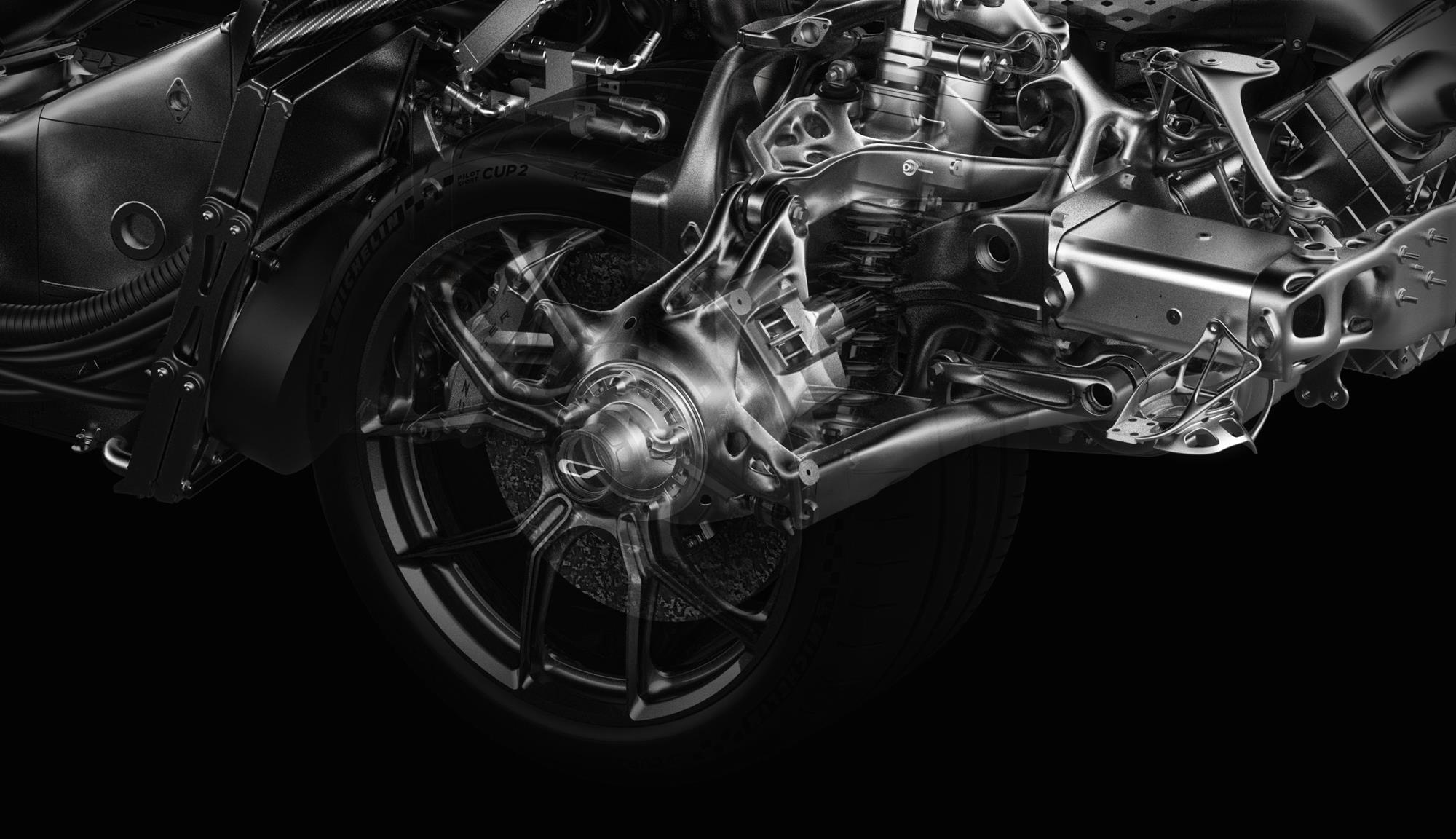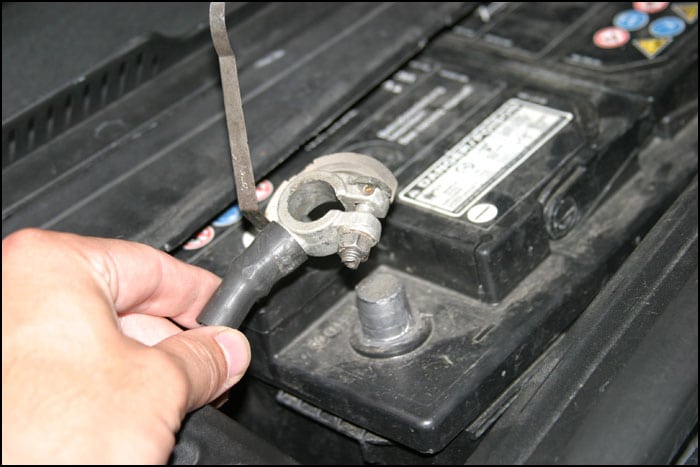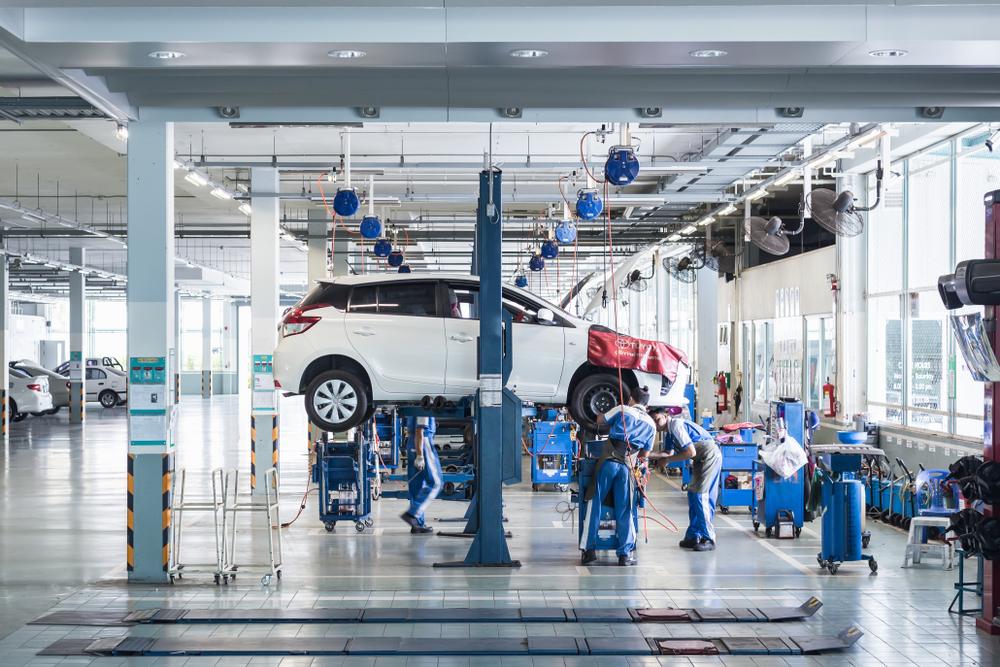Your car’s suspension system is one of its most crucial parts.
Indeed, it doesn’t matter if your vehicle has all the horsepower if it’s difficult to handle and bounces excessively. That’s why you shouldn’t scrimp on suspension parts (click here to find quality components) when the time comes to replace them.
To help you understand and appreciate its workings, here are a few things you should know about your car’s suspension system:
It’s Not Just the Shocks
The main function of a car’s suspension system is to ensure ride comfort and ease of handling.
However, aside from absorbing and dampening shocks, it also supports the weight of the vehicle and provides steering stability. The suspension does all of these by maximising the contact between the car’s tyres and the road.
Most average car owners would likely equate their car’s suspension to the shock absorbers. However, to be able to perform all of these functions, your car’s suspension system needs multiple parts.
These include the tyres, springs, struts, sway bars, control arms, joints, and bushings.
All of the above-mentioned components work together to ensure top-notch driving comfort and ride quality.
Another important thing to think about is the camber. Camber is the angle that the wheels and tires stand relative to the road, and you can either have positive camber or negative camber. It is a crucial part of the suspension system, as camber alters and manages the handling of your car.
Your Tyres Play a Key Role
As mentioned previously, your car’s tyres is part of your vehicle’s suspension system.
In particular, the right amount of air in the tyres ensures the best possible handling and ride comfort. This is because the tyres are the only point of contact between your car and the road.
With the correct tyre air pressure, your car can more effectively absorb shocks and bumps. Moreover, you’ll have an easier time driving over rough surfaces.
Braking will also be much smoother, without too much jostling.
Shocks and Struts Are Similar But Not the Same
Shock absorbers or simply shocks are hydraulic cylinders filled with oil.
Their role is to provide a consistent compression and decompression rate, so that the springs (and therefore, your vehicle) don’t bounce too much. Your car’s shocks also make sure that the tyres are always touching the ground.
Struts, on the other hand, are shocks that are fitted inside a coil spring.
They perform the same function as shocks, although they also provide additional structural support. Moreover, struts help keep the wheels and tyres perfectly aligned.
If your car has struts, they take the place of the shocks, upper control arms, and upper ball joints.
Do note that coil springs and shock absorbers can still be installed separately. When they are combined, the assembly is called the Macpherson design and referred to as struts.
There Are Dependent and Independent Systems
There are two kinds of car suspension systems: dependent and independent.
A dependent suspension system features an axle, which connects the left and right wheels. In turn, the wheels can work efficiently in tandem.
Dependent suspension systems are sprung either by leaf springs or coil springs, partnered with shock absorbers.
This suspension system is a simple, affordable yet durable structure. As such, it’s what you will find in many mass-market vehicles.
Meanwhile, independent suspension systems have separate spring-and-shock set-up for each wheel.
This means that when the left wheel goes over a bump, the right wheel remains unaffected. As a result, the riding experience is much smoother.
Independent suspension systems can be installed on either the front or rear of a vehicle, with the latter being more common. That’s because this set-up makes it easier to point the front of the car in the right direction.
Suspension Goes Beyond Handling and Comfort
As earlier mentioned, your car’s suspension system is designed to provide a smooth ride quality and ensure safe, comfortable handling.
These two perspectives on the dynamics of a moving car can be further explored into three principles: cornering, road isolation, and road holding.
Each principle is explained better below.
- Cornering. This is the ability of a car to make stable turns, no matter how slight the curve of the road. The suspension system’s role in cornering is to make sure that there’s minimal body roll.
- Road Isolation. This is the ability of the car to isolate road shocks, particularly in the passenger compartment. Your car’s suspension system absorbs the said road shocks and dissipates them so that there’s little to no back-and-forth movement.
- Road Holding. Road holding refers to the degree in which the tyres can maintain contact with the road when the direction changes. A good suspension system can minimise weight transfer, preventing your car from squatting during acceleration and from diving during braking.
All of these is to say that you’ll be having problems if your car’s suspension system isn’t in good shape.
Your car might bounce at every bump, make noises such as squeaks and rattles, become difficult to steer, or roll excessively. Some of these may simply be inconvenient, but most can actually be dangerous.
When you understand the role of the suspension system of your car, you’ll be able to interpret the signs faster and easier.
Thus, you can bring your vehicle to an auto technician as soon as possible and prevent dire consequences.







